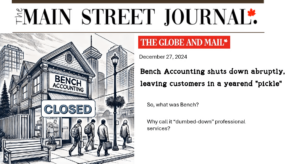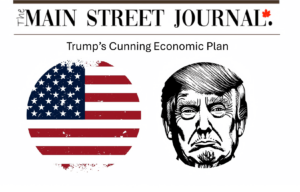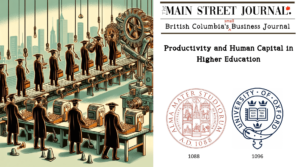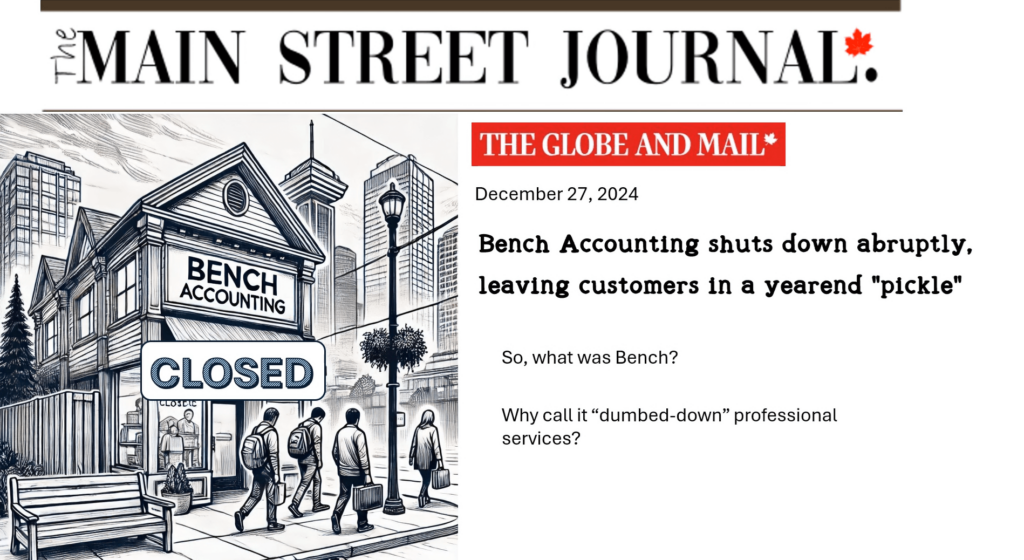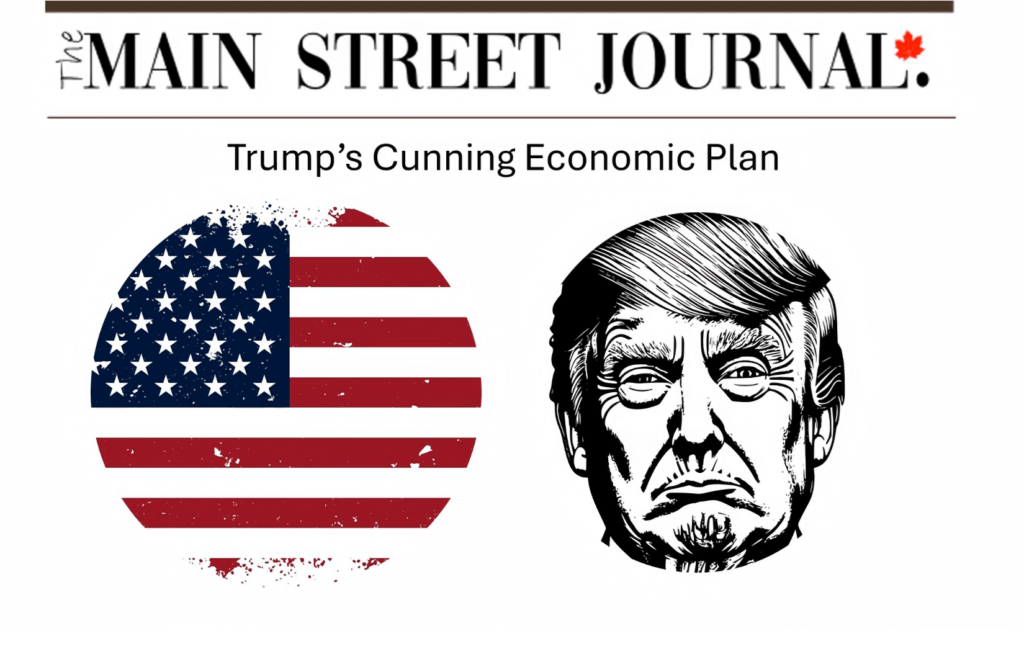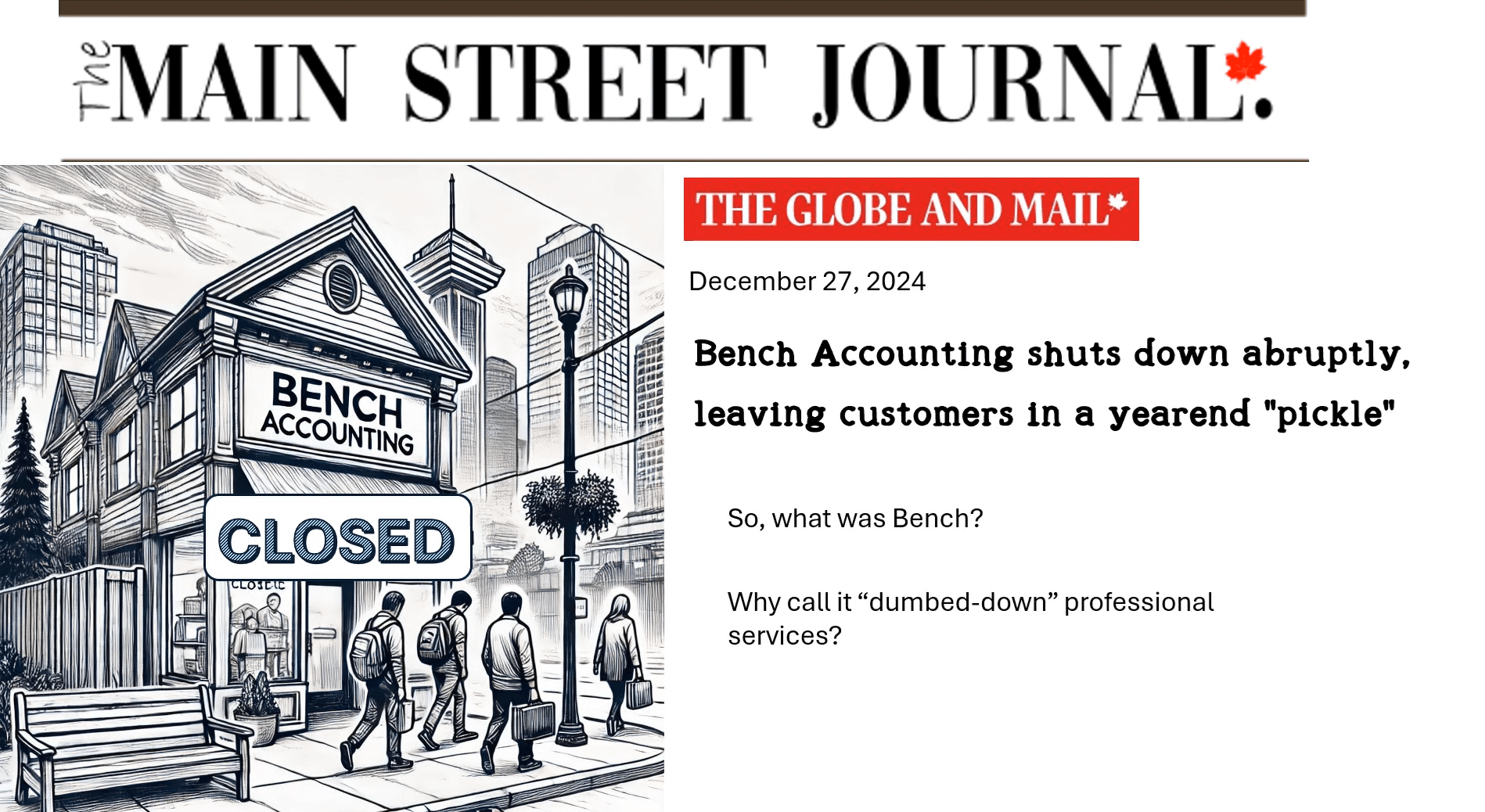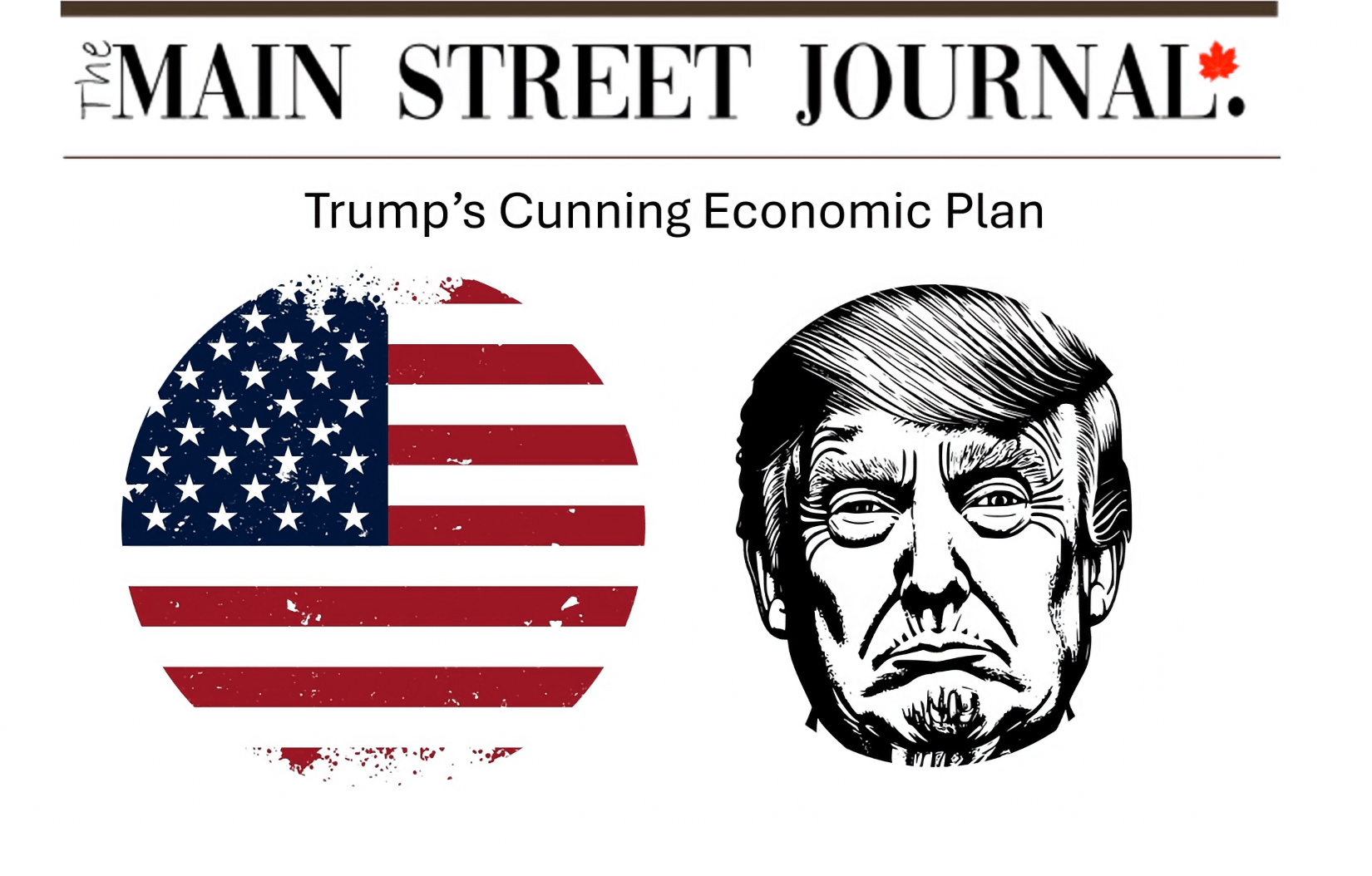As of 2021, approximately 74.1% of Canada’s union members work in the public sector. This is significantly higher than the private sector, where unionization rates are much lower.
Of course that percentage doesn’t include private sector workers whose employers use significant assets owned by, or subsidized by the Canadian Government.
Things like our major ports, railways and airports.
Yet recently – at particularly sensitive times for farmers, retailers, consumers and Canadian travellers – organized labour have launched job actions against the postal service (a government monopoly) and these other sectors whose major assets are owned by Canadian taxpayers.
These labour unions and their supporters would characterize these actions as “free collective bargaining”.
But they bear an uncanny resemblance to what most of us would call the “protection rackets” favoured by organized crime.
We’d argue that ‘free collective bargaining’ doesn’t really exist, any more than Free Trade, Free Markets, or Free Enterprise.
“Free” is just an adjective groups use to rationalize their market power.
Related Content:
Trade union density rate, 1997 to 2021
From 1997 to 2021, both the collective bargaining coverage rate and the unionization rate declined among employees as a result of a fall in unionization in the private sector. While the coverage rate fell 2.8 percentage points to 30.9%, the unionization rate fell 1.9 percentage points to 29.0%. The two rates are closely aligned, and the proportion of employees who are covered, but not a member of a union has hovered around only 2% since the early 2000s.
The trade union density rate, also known as the unionization rate, is the number of employees who are union members as a proportion of the total number of employees. Employment in a unionized workplace is often associated with higher wages, more benefits and greater job security. While non-members covered by a collective bargaining agreement tend to have conditions similar to those of union members, the unionization rate can provide a proxy measure of workers’ representation and the influence of unions. In association with the union coverage rate, this indicator of quality of employment can be used to help assess trends in the state of industrial relations in a country.
Read More: Click Here
Backgrounder on Canada’s port system
Ports are vital links in the supply chain and gateways that bring goods to market, making them an important part of Canada’s economy. All aspects of the Canadian transportation supply chain, including shippers, carriers, logistics companies, natural resource firms, and local and regional small- and medium-sized businesses, are in some way connected to the work that happens at ports every day. In 2017, ports and marine shipping carried almost $90 billion (17 per cent) of Canada’s exports to world markets, and brought in $110 billion (21 per cent) of Canada’s total imports by value.
Canada has over 550 port facilities. Seventeen are Canada Port Authorities because of their strategic, regional, national, continental and international importance. Because of their strategic role, the federal government has invested over $715 million in them since 2005. Canada Port Authorities handle more than 60% of the overall marine commercial tonnage. In fact, in 2016, they handled 5.7 million Twenty-Foot Equivalent Unit (TEUs) – a growth of 35% over the last 10 years.
Read More: Click Here


